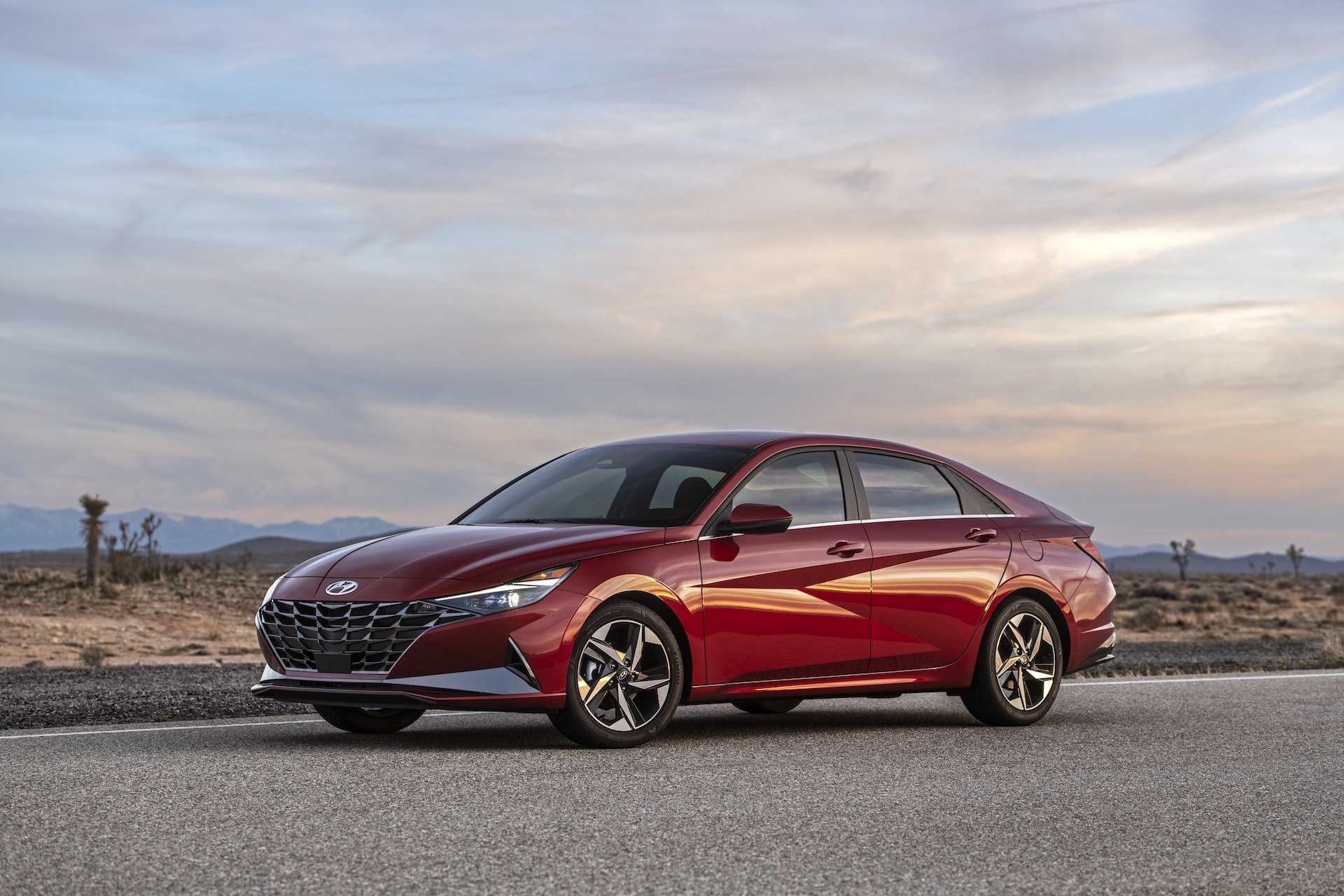2023 Hyundai Elantra Emission Control and California Perchlorate System User Guide
The 2023 Hyundai Elantra’s pollution control and California perchlorate system are covered in this tutorial. Understanding these components helps your car fulfill environmental standards, perform efficiently, and follow state laws.
2023 Hyundai Elantra Specs, Price, Features, Milage (Brochure)
Emission Control System
The Exhaust Emission Control System is a highly effective system that controls exhaust emissions while maintaining good vehicle performance. When the engine starts or fails to start, excessive attempts to restart the engine may cause damage to the emission system.
Engine exhaust (carbon monoxide) precautions
Carbon monoxide can be present with other exhaust fumes. If you smell exhaust fumes of any kind in your vehicle, drive with all the windows fully open. Have your vehicle checked and repaired immediately.
WARNING
Engine exhaust gases contain carbon monoxide (CO). Though colorless and odorless, it is dangerous and could be lethal if inhaled. Follow the instructions on this page to avoid CO poisoning.
WARNING
CALIFORNIA PROPOSITION 65 WARNING
Engine exhaust and a wide variety of automobile components and parts, including components found in the interior furnishings of a vehicle, contain or emit chemicals known to the State of California to cause cancer birth defects, and reproductive harm. In addition, certain fluids contained in vehicles and certain products of component wear contain or emit chemicals known to the State of California to cause cancer and birth defects or other reproductive harm.
- Do not operate the engine in confined or closed areas (such as garages) any more than what is necessary to move the vehicle in or out of the area.
- When the vehicle is stopped in an open area for more than a short time with the engine running, adjust the ventilation system (as needed) to draw outside air into the vehicle.
- Never sit in a parked or stopped vehicle for any extended time with the engine running.
- When the engine stalls or fails to start, excessive attempts to restart the engine may cause damage to the emission control system.
Operating precautions for catalytic converters (if equipped)
WARNING
The exhaust system and catalytic system are very hot while the engine is running or immediately after the engine is turned off. To avoid SERIOUS INJURY or DEATH:
- Do not park, idle, or drive the vehicle over or near flammable objects, such as grass, vegetation, paper, leaves, etc. A hot exhaust system can ignite flammable items under your vehicle.
- Keep away from the exhaust system and catalytic converter or you may get burned.
Also, do not remove the heat sink around the exhaust system, do not seal the bottom of the vehicle, and do not coat the vehicle for corrosion control. It may present a fire risk under certain conditions.
Your vehicle is equipped with a catalytic converter emission control device.
To prevent damage to the catalytic converter and to your vehicle, take the following precautions:
- Use only UNLEADED FUEL for gasoline engines.
- Do not operate the vehicle when there are signs of engine malfunction, such as a misfire or a noticeable loss of performance.
- Do not misuse or abuse the engine. Examples of misuse are coasting with the engine off and descending steep grades in gear with the engine off.
- Do not operate the engine at high idle speed for extended periods (5 minutes or more).
- Do not modify or tamper with any part of the engine or emission control system. All inspections and adjustments must be made by an authorized HYUNDAI dealer.
- Avoid driving with extremely low fuel levels. If you run out of gasoline, it could cause the engine to misfire and result in excessive loading of the catalytic converter.
California Perchlorate Notice
Perchlorate Material handling may apply, See:
“https://dtsc.ca.gov/perchlorate”
Notice to California Vehicle Dismantlers:
Perchlorate-containing materials, such as air bag inflators, seatbelt pretensioners, and keyless remote entry batteries, must be disposed of according to Title 22 California Code of Regulations Section 67384.10 (a).
FAQ
Emissions tests are typically required by local authorities to ensure your vehicle meets pollution control standards. Check your local regulations for specific requirements.
Ensure your vehicle is properly maintained, including checking for and repairing any existing issues, and keep up with regular maintenance schedules.
If your vehicle fails an emissions test, you’ll need to identify and fix the issues causing the failure and then retest it.
Implement eco-friendly driving habits such as maintaining a steady speed, avoiding aggressive driving, and keeping up with maintenance.
If the “Check Engine” light illuminates, it could indicate an emission-related issue. Have it diagnosed and repaired promptly.
Useful Link
View Full PDF: 2023 Toyota Camry User Guide | Auto User Guide
2023 Toyota Camry Specs, Price, Features and Mileage (Brochure)


